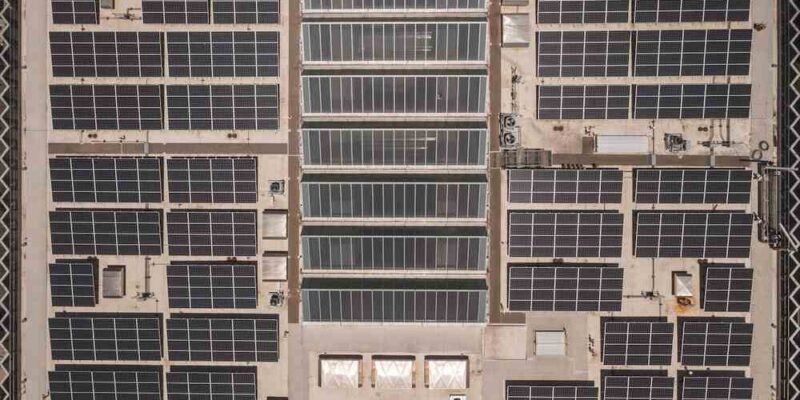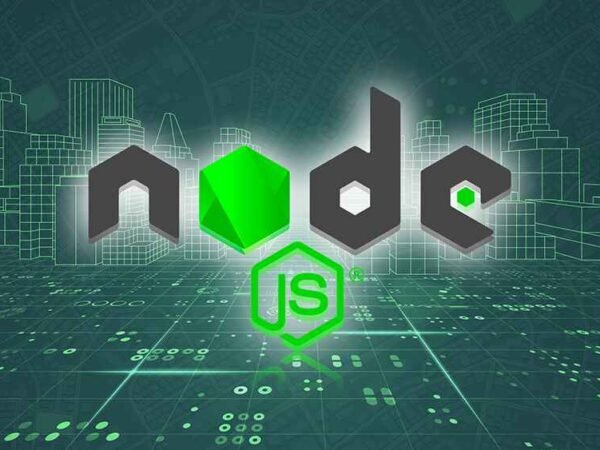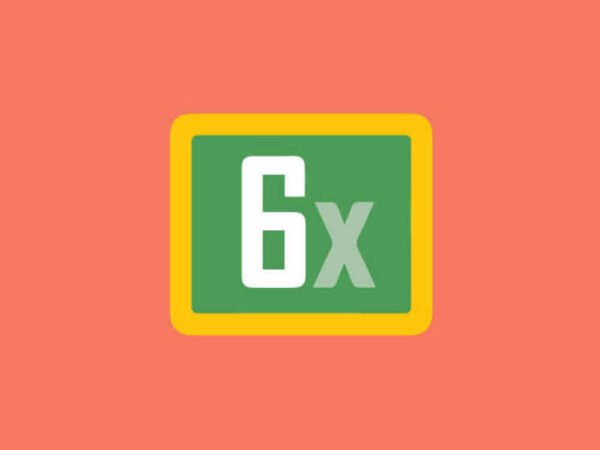Soly’s solar initiatives are pioneering the move towards community solar projects, making it easier for everyone to benefit from solar energy. These projects let groups of people share the power produced by solar panels, even if they can’t install panels on their roofs. This setup is becoming super popular as more folks realize they can save money and help the planet without owning a single panel.
What are Community Solar Projects?
Think of community solar as a big club where instead of buying and setting up your solar panels, you and others share a bunch of panels placed somewhere like a big open field or a sunny roof in your town. This way, anyone who wants to get in on solar energy can, whether they rent their home or have a roof that isn’t right for solar panels. It’s all about sharing benefits and making solar easy and accessible for everyone.
Historical Background
Community solar projects didn’t just pop up overnight. They started small, with a few forward-thinking communities coming together to share solar panels’ cost and power. Over time, these projects have grown as technology gets better and cheaper. There are hundreds of them all over the country, proving that people are serious about working together to generate clean energy.
Benefits of Community Solar Projects
Environmental Benefits
Joining a community solar project significantly contributes to environmental conservation. Solar panels are a cornerstone of clean energy, generating electricity without emitting greenhouse gases or pollutants. This contrasts with conventional power generation methods that often involve burning fossil fuels, which release harmful substances into the atmosphere, such as carbon dioxide, sulfur dioxide, and nitrogen oxides. By participating in a community solar project, members directly reduce their carbon footprint, support the reduction of air pollution, and contribute to the overall mitigation of climate change. This communal effort also raises awareness about renewable energy within the community, promoting sustainable practices more broadly.
Economic Benefits
Community solar projects offer substantial economic advantages to participants. The primary benefit is cost savings. Individuals save money by pooling resources to purchase and maintain solar panel installations, spreading the financial burden among a larger group. This collective approach makes it more affordable than if each participant were to install their system. Furthermore, as utility costs rise, the fixed costs associated with community solar remain stable, providing long-term savings on electricity bills. Members might also benefit from government incentives, rebates, or tax credits to encourage renewable energy adoption.
Social Benefits
The social impacts of community solar projects are profound. These initiatives foster community engagement and cohesion as participants come together with a shared goal of sustainable energy use. This can strengthen community ties and create a sense of accomplishment and unity. Community solar projects make solar power accessible to a broader range of people, including renters and those without suitable roofs for solar panels, democratizing access to renewable energy. These projects can also serve as educational platforms, informing community members about the benefits of solar power and encouraging more environmentally conscious behaviors.
Critical Components of a Community Solar Project
Successful community solar projects are built on several foundational elements:
- Solar Panels: The core technology for converting sunlight into electricity.
- Installation Site: A suitable location, often communal or unused land, where solar panels can be installed and receive adequate sunlight.
- Community Involvement: Engagement from diverse stakeholders willing to invest in and support the project.
- Collaboration with Power Companies: Partnerships with local utility companies are essential to ensure that the electricity generated is effectively distributed and integrated into the existing power grid.
- Governance Structure: Clear guidelines for making decisions within the project allow all participants to have input and control over key decisions, including financial planning, maintenance, and expansion.
Each component plays a critical role in the project’s viability and success, ensuring that all participants benefit equitably and that the project effectively sustains its operational objectives.
Challenges and Barriers
Not everything about community solar is easy, though. Setting up all those solar panels can cost a pretty penny, and finding the right spot for them that cities and towns are incredible with can be challenging. Plus, not every place gets enough sun, so you must be smart about where you set up.
Future Trends and Predictions
The future looks bright for community solar! Technology is only getting better, and as more people learn how to join in, these projects will only get bigger. We might see new ways to use solar panels and more innovative laws that make it easier for everyone to get involved.
Parting Words
Community solar projects are a big win for everyone. They help us use the sun for clean energy, which is way better for our planet. They also make it super easy for people to save money on their energy bills, even if they can’t install solar panels in their homes. Plus, they unite people, strengthening communities that care about the environment. If you’re considering making a difference, consider participating in a community solar project. It’s a smart move for you, your community, and the whole planet.
Do Read: XCV Panel: Transforming Global Industries with Innovative Tech













